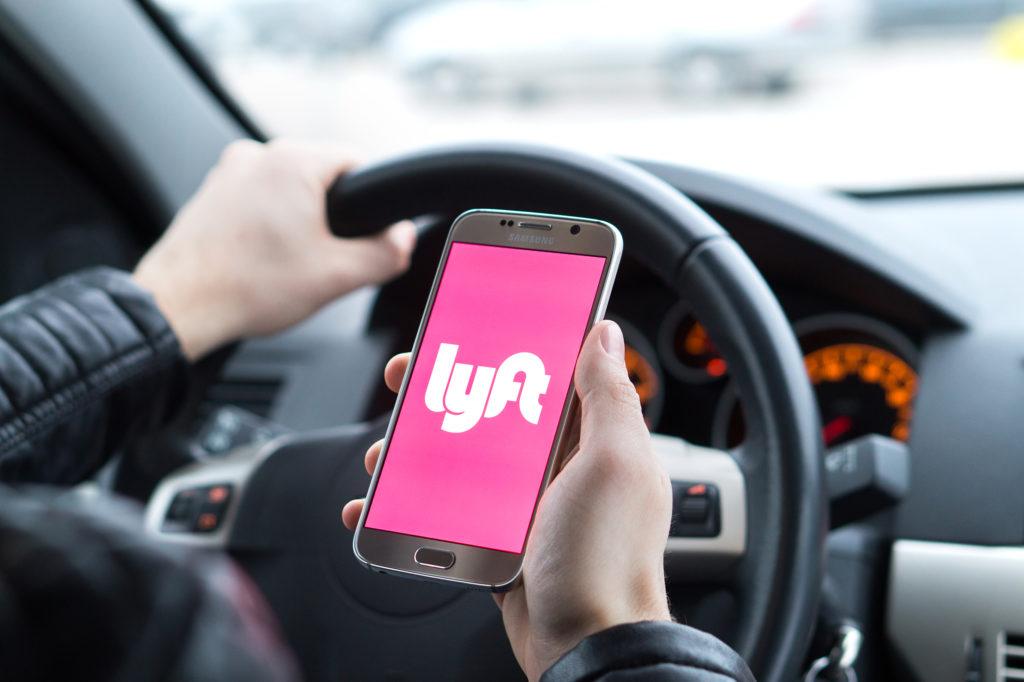
Our modes of transportation have completely changed because of ridesharing services like Lyft. They offer an economical alternative to traditional taxis and public transportation. But Lyft car accidents do happen and could bring up complicated legal issues.
The status of the Lyft app at the time of the accident is an important factor that affects the outcome of a Lyft accident case. Understanding this part has a big impact on legal strategies and possible compensation. Let’s discuss Lyft accidents, app status, and the role of Lyft accident attorneys to help you get maximum compensation.
How Does Lyft Work?
Lyft is a ridesharing network that links passengers and drivers. These drivers offer transportation services using their own cars. Both drivers and customers use the Lyft app to access these services. Customers use the app to request travel, while drivers log in to show when they are available to pick up passengers.
The Lyft app allows users to request rides by entering their destination and sending requests to drivers in the area. The app offers navigational help to pick up and drop off the passenger once a driver accepts the request. The fare is calculated by the length of the trip and its distance, and the user pays it through the app.
Drivers for Lyft are independent contractors and not Lyft employees. The difference is important because it has an impact on insurance coverage and responsibility in the case of an accident.
Lyft App Status and Its Effects
According to research, ridesharing services have played a role in an almost 3% rise in traffic accident deaths since 2011. One of the main factors that influences insurance and liability in an accident is the status of the Lyft app at the time of the accident. Here’s how the status of the app impacts a Lyft accident lawsuit:
App Offline
The driver is not logged into the Lyft platform and is not accessible to take ride requests when the Lyft app is offline. In this case, Lyft’s insurance usually does not pay for any damages if an accident happens.
Since the driver is regarded as a common private motorist, all damage claims will be made through the driver’s vehicle insurance.
App Online Without a Passenger
If the app is active but the driver has not accepted a ride request, they are considered to be waiting for a passenger. During this time, Lyft offers limited liability coverage. Usually, this coverage includes contingent liability insurance.
It might come into play if the driver’s personal insurance policy is unable to pay for the accident. When a passenger is not in the car, the limitations are much lower.
App Online with a Passenger
Full coverage is given when the app is active and the driver is on their way to pick up a passenger or has a passenger in the car. During this period, Lyft’s company insurance is fully functional, with high limits for personal injury and property damage.
This covers uninsured/underinsured motorist coverage, primary car liability, and comprehensive insurance.
How to Get Compensation After a Lyft Accident
Every year, Uber and Lyft contribute to over 100 deaths. Handling a Lyft accident claim can be challenging, especially because the insurance coverage depends on the app’s status at the time of the accident. Hiring a personal injury attorney who has experience handling ridesharing incidents is highly recommended by experts.
Identifying the app status at the time of the accident can be handled by a skilled lawyer. The lawyer you hire will make sure you get the maximum compensation by communicating with the insurance carriers of both Lyft and the driver.
Conclusion
When it comes to calculating damages after an accident, the Lyft app’s status is important. The app has a direct effect on liability and legal procedure, whether it is used offline, online, or online with a passenger. Getting compensation for Lyft accidents is often complicated, so it’s best to work with a lawyer who has handled these kinds of cases before.
Write and Win: Participate in Creative writing Contest & International Essay Contest and win fabulous prizes.


